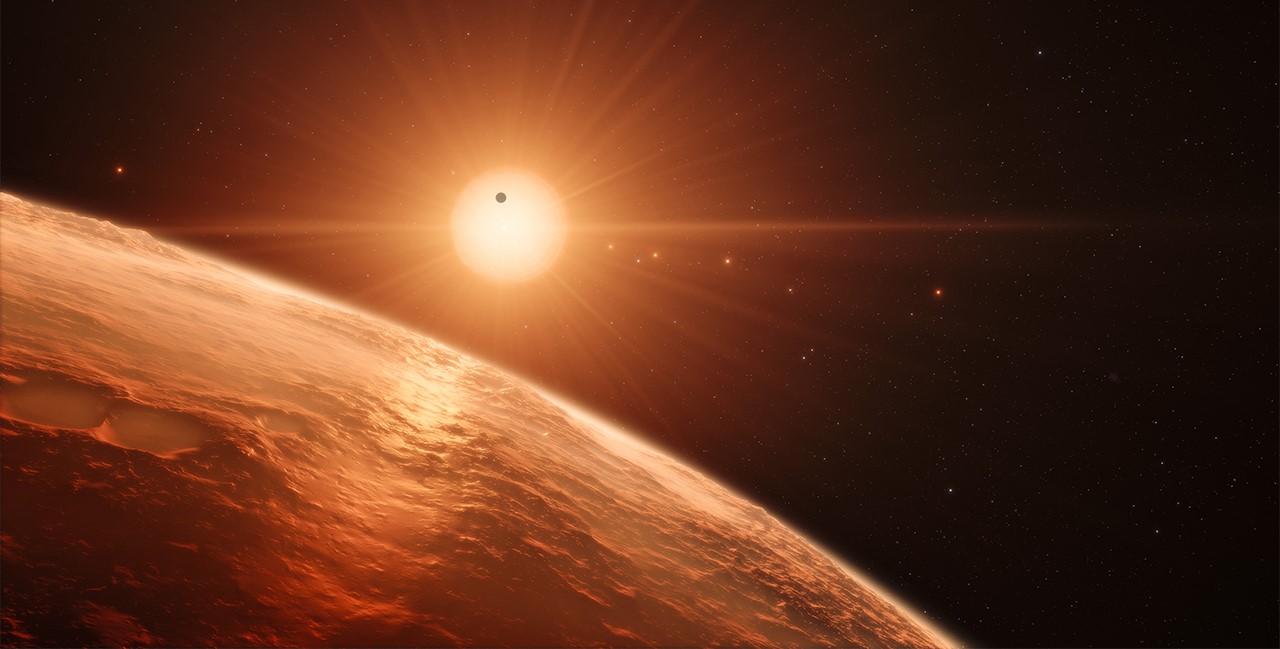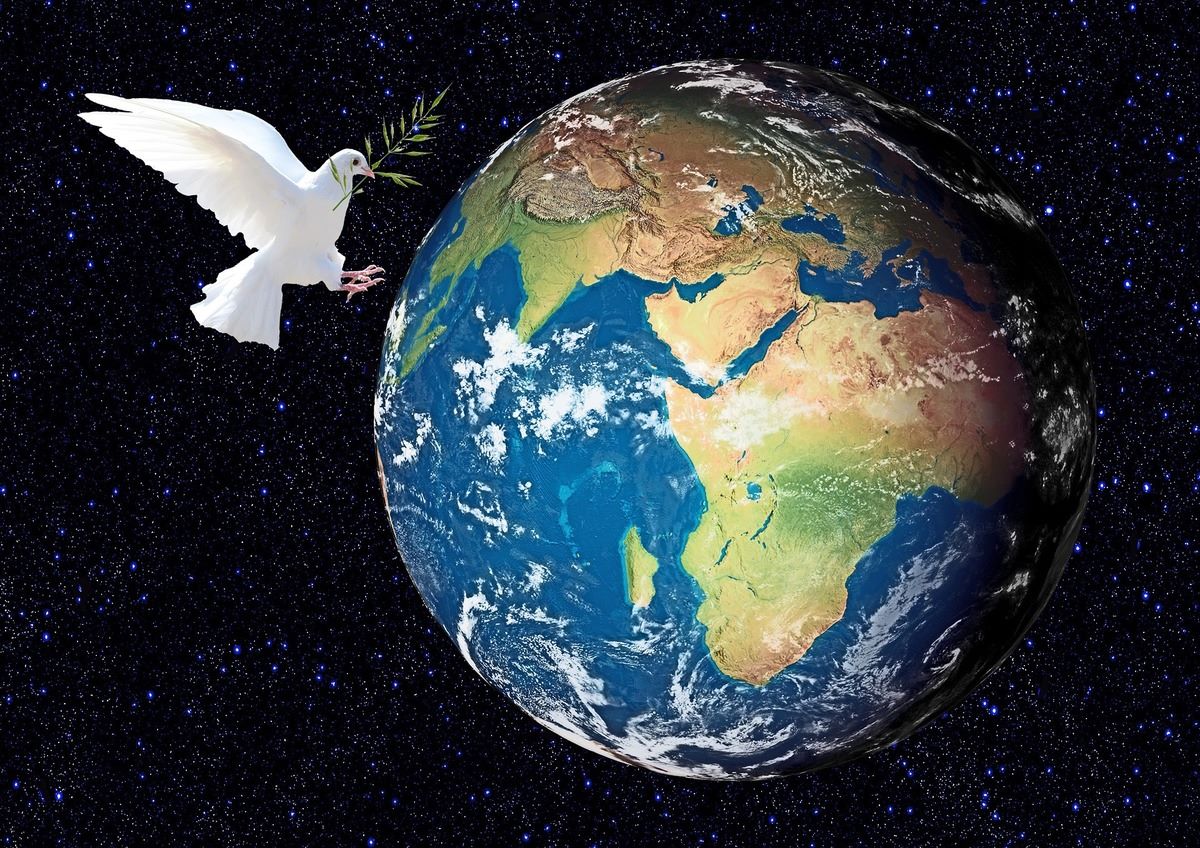
Exploring the surfaces of planets has always been a subject of great fascination for both scientists and space enthusiasts alike. Over the years, numerous exciting discoveries and achievements have been made through planetary surface exploration, providing us with valuable insights into the mysteries of our cosmic neighborhood. From the red, barren landscapes of Mars to the majestic rings of Saturn, each planet offers its own unique set of wonders waiting to be uncovered.
In this article, we will delve into the realm of planetary surface exploration and uncover 20 fascinating facts that will ignite your curiosity about our neighboring celestial bodies. So fasten your seatbelts and get ready for an extraordinary journey through the vastness of space as we unravel the secrets hidden within the surfaces of these captivating planets.
Key Takeaways:
- Planetary surface exploration has revealed fascinating features like massive storms on Jupiter, volcanic activity on moons, and potential for life beyond Earth, sparking curiosity about the universe’s mysteries.
- Missions to Mars and the moon have provided valuable data, including stunning images and discoveries of meteorites, expanding our understanding of planetary systems and their surface compositions.
First Lunar Landing
In 1969, the Apollo 11 mission achieved the historic milestone of landing humans on the moon, marking a significant leap forward in planetary surface exploration.
Mars Rover Missions
NASA’s Mars rover missions, including Curiosity and Perseverance, have provided valuable data and images of the Martian surface, expanding our knowledge of the Red Planet.
Viking 1’s Martian Selfie
In 1976, the Viking 1 lander captured a stunning image of itself on the Martian surface, marking the first-ever “selfie” taken on another planet.
The Great Red Spot on Jupiter
Jupiter’s Great Red Spot is a massive storm system that has been raging for centuries, revealing the dynamic nature of gas giant planets.
Lunar Roving Vehicles
The Apollo lunar rovers allowed astronauts to explore larger areas of the moon’s surface and carried scientific instruments to conduct experiments.
First Color Images of Mars
NASA’s Pathfinder mission in 1997 captured the first high-resolution color images of the Martian surface, providing a more detailed view of the planet.
Volcanic Activity on Io
Jupiter’s moon, Io, is known for its intense volcanic activity, with plumes of lava erupting from its surface and creating a constantly changing landscape.
Mercury’s Caloris Basin
The Caloris Basin on Mercury is one of the largest impact craters in the solar system, spanning approximately 960 miles in diameter.
Saturn’s Titan
Titan, Saturn’s largest moon, has a thick atmosphere and methane lakes on its surface, making it one of the most intriguing locations for future exploration.
Valles Marineris on Mars
Valles Marineris is a vast canyon system on Mars that stretches over 2,500 miles, making it the longest known canyon in the solar system.
The Search for Extraterrestrial Life
Exploring planetary surfaces helps scientists in the ongoing search for signs of extraterrestrial life, as they study the conditions and potential habitability of other worlds.
The Moon’s Tycho Crater
The Tycho Crater on the moon is a prominent impact crater with a diameter of about 53 miles, providing valuable insights into lunar history and geological processes.
Europa’s Subsurface Ocean
Jupiter’s moon, Europa, is believed to have a global subsurface ocean beneath its icy crust, making it a prime target for future exploration and the search for life.
Olympus Mons on Mars
Olympus Mons is the largest volcano in the solar system, located on Mars. It stands approximately 13.6 miles high, making it nearly three times the height of Mount Everest.
The ExoMars Rover
The ExoMars rover, scheduled for launch in 2022, aims to search for signs of past or present life on Mars and investigate its potential habitability.
The Kepler Mission
The Kepler mission, launched in 2009, has discovered thousands of exoplanets, expanding our understanding of planetary systems and their surface compositions.
Meteorite Discoveries
Exploration of planetary surfaces, such as those of Mars and the moon, has led to the discovery of meteorites originating from other celestial bodies.
Enceladus’ Geysers
Saturn’s moon, Enceladus, has geysers that erupt from its surface, indicating the presence of a subsurface ocean and potential for habitability.
The Mariner 9 Mission
In 1971, NASA’s Mariner 9 became the first spacecraft to orbit another planet (Mars) and provided invaluable data about the Martian surface and atmosphere.
The New Horizons Mission
The New Horizons mission, launched in 2006, conducted a flyby of Pluto in 2015, capturing detailed images of its surface and revealing its complex landscape.
Conclusion
In conclusion, planetary surface exploration continues to captivate us with its incredible discoveries and mind-boggling facts. From the rocky terrain of Mars to the icy plains of Europa, these missions have provided us with valuable insights into the mysteries of our universe. We have learned about the existence of ancient riverbeds on Mars and discovered evidence of possible microbial life on other celestial bodies. Each mission, with its state-of-the-art technology and relentless pursuit of knowledge, pushes the boundaries of human understanding.As we delve deeper into the cosmos, the future of planetary surface exploration holds even more promise. With upcoming missions to Venus, the Moon, and beyond, there is an endless array of fascinating facts yet to be uncovered. It is through these explorations that we expand our horizons, challenge our beliefs, and inspire future generations to reach for the stars.
FAQs
1. How does planetary surface exploration work?
Planetary surface exploration involves sending robotic spacecraft to various celestial bodies, such as planets, moons, and asteroids. These spacecraft are equipped with instruments and cameras to capture data and images, which are then transmitted back to Earth for analysis.
2. How long does it take for a spacecraft to reach a planet’s surface?
The time it takes for a spacecraft to reach a planet’s surface depends on factors such as the distance between Earth and the destination, the speed of the spacecraft, and the trajectory chosen. It can range from a few months to several years.
3. What are some of the challenges faced in planetary surface exploration?
Some of the challenges in planetary surface exploration include designing spacecraft that can withstand the harsh environments of space and other planets, ensuring accurate landing or descent onto the planet’s surface, and developing instruments that can gather valuable data in extreme conditions.
4. What have we learned from planetary surface exploration?
Planetary surface exploration has provided us with valuable insights into the geology, atmosphere, and potential habitability of various celestial bodies. It has helped us better understand the history of our own planet and the possibilities for life beyond Earth.
5. What are some upcoming missions in planetary surface exploration?
There are several exciting missions planned for the future, including the Mars Sample Return mission, which aims to collect samples from the Martian surface and bring them back to Earth. Additionally, there are missions planned to explore the icy moon Europa and to return to the Moon for further exploration.
Planetary surface exploration is just the beginning of our cosmic journey. Uncover more mind-boggling facts about remote sensing technology and its impact on understanding Earth and beyond. Dive into the captivating world of astrobiology and explore the possibilities of life on other planets. Embark on a thrilling adventure through the universe and expand your knowledge with these fascinating topics.
Was this page helpful?
Our commitment to delivering trustworthy and engaging content is at the heart of what we do. Each fact on our site is contributed by real users like you, bringing a wealth of diverse insights and information. To ensure the highest standards of accuracy and reliability, our dedicated editors meticulously review each submission. This process guarantees that the facts we share are not only fascinating but also credible. Trust in our commitment to quality and authenticity as you explore and learn with us.


